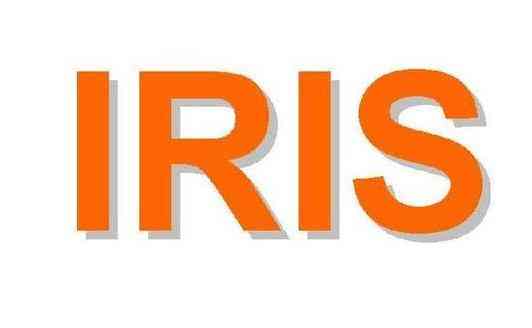|
IS0
INTERN AT1 ON A L O RG A N IZATl O N FO R STA N DA RDl ZATl O N
IS0 RECOMMENDATION
R 751
FRUIT AND VEGETABLE PRODUCTS
DETERMINATION OF WATER-INSOLUBLE SOLIDS
1st EDITION
June 1968
COPYRIGHT RESERVED
The copyright of IS0 Recommendations and IS0 Standards
belongs to IS0 Member Bodies. Reproduction of these
documents, in any country, may be authorized therefore only
by the national standards organization of that country, being
a member of ISO.
For each individual country the only valid standard is the national standard of that country.
Printed in Switzerland
Also issued in French and Russian. Copies to be obtained through the national standards organizations.
---------------------- Page: 1 ----------------------
BRIEF HISTORY
The IS0 Recommendation R 75 1, Fruit and vegetable products - Determination of water-
insoluble solids. was drawn up by Technical Committee ISO/TC 34, Agricultural food products,
the Secretariat of which is held by the Magyar Szabvanyügyi Hivatal (MSZH).
Work on this question by the Technical Committee began in 1960 and led, in 1964, to the
L
adoption of a Draft IS0 Recommendation.
In October 1966, this Draft IS0 Recommendation (No. 1031) was circulated to ail the IS0
Member Bodies for enquiry. It was approved, subject to a few modifications of an editorial nature,
by the following Member Bodies :
Argentina Hungary Romania
Australia India South Africa,
Brazil Iran Rep. of
Bulgaria Ireland Thailand
Chile Israel Turkey
Colombia Korea, Rep. of United Kingdom
Czechoslovakia Netherlands U.S.S.R.
Yugoslavia
France New Zealand
Poland
Germany
Greece Portugal
No Member Body opposed the approval of the Draft.
The Draft IS0 Recommendation was then submitted by correspondence to the IS0 Council,
i
which decided, in June 1968, to accept it as an IS0 RECOMMENDATION.
-3-
---------------------- Page: 2 ----------------------
ISO/R 751-1968 (E
IS0 Recommendation R 751 June 1968
FRUIT AND VEGETABLE PRODUCTS
OF WATE R - I NSO LU B L E SO LI DS
D ET E R M I NAT I ON
1. SCOPE
This IS0 Recommendation describes a method for the determination of water-insoluble solids in the
edible parts of fruit and vegetable products.
2. PRINCIPLE
Solution of the water-soluble matter, filtration, drying of the residue and weighing.
3. APPARATUS
3.1 Beakers, 250 ml and 400 ml capacity,
3.2 Büchner funnel.
Filter paper, medium texture.
3.3
3.4 Indicator paper.
3.5 Weighing vessel.
3.6 Desiccator, containing an efficient desiccant.
3.1 Analytical balance.
3.8 Oven, regulated at 100 to 105 OC.
3.9 Blender, or mortar.
3.10 Cen nifuge.
4. PROCEDURE
4.1 Preparation of the sample
Remove stalks, stones, seed pockets, and whenever possible, pips.
4.1.1 Liquid or easily filtered products (juices, pulpy products, etc.).
Mix the sample thoroughly.
4.1.2 Thick products and products difficult to filter (syrups, marmalades, jams, jellies, etc.).
Carefully mix the laboratory sample*, then draw a quantity sufficient for at least two
parallel determinations and disintegrate it in the blender or mortar.
*
Pending the completion of an 1SO Recommendation on the sampling of fruit and vegetable products, the
term “laboratory sample” is used in the English text to denote the sample as delivered to the laboratory.
-5-
---------------------- Page: 3 ----------------------
ISO/R 751-1968 (E) ’
Test portion
4.2
Weigh, to the nearest 0.01 g, 10 to 100 g of the prepared sample (see clause 4.i), depending
on the consistency of the product and the assumed content of water-insoluble solids, e.g. :
- tomato purée 10 g
- jam, marmala
...














